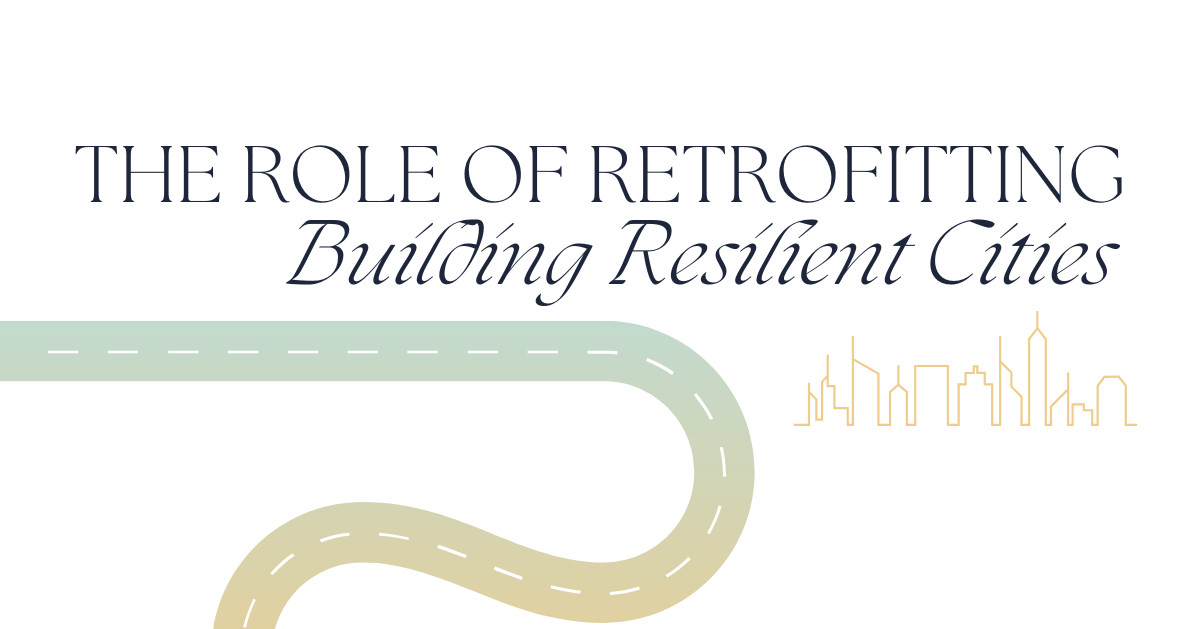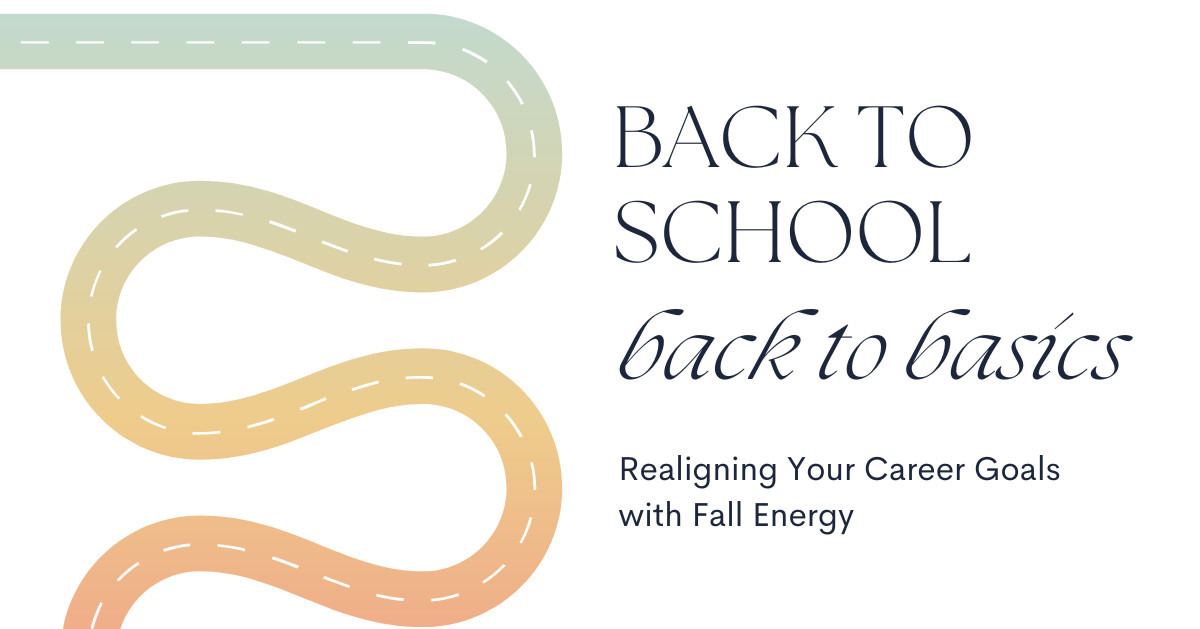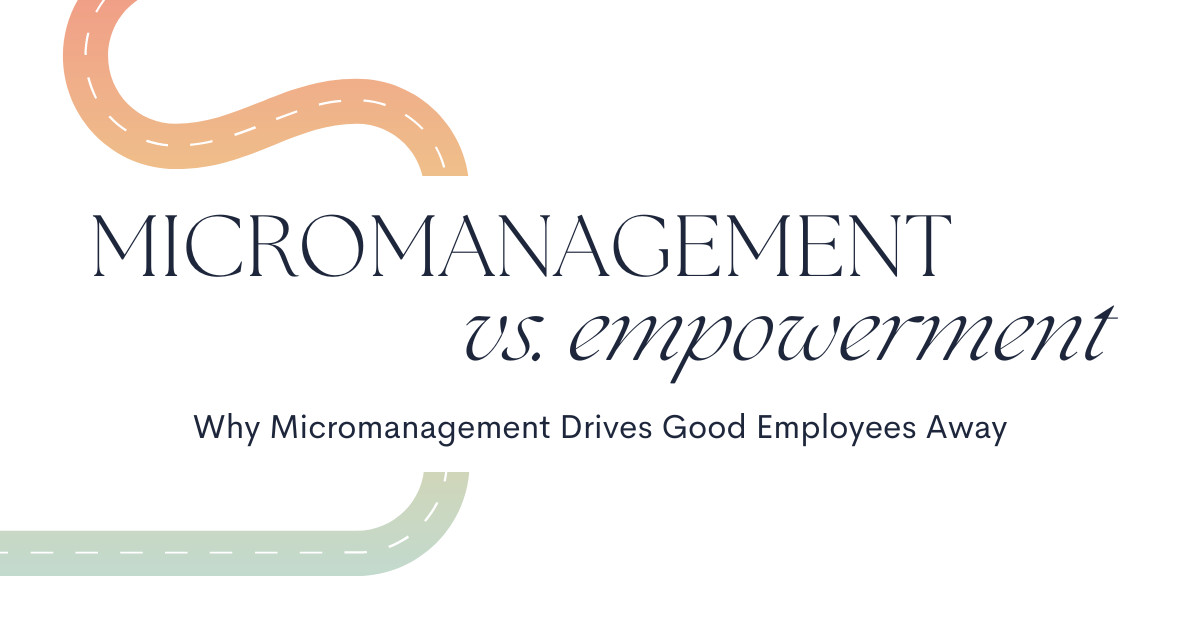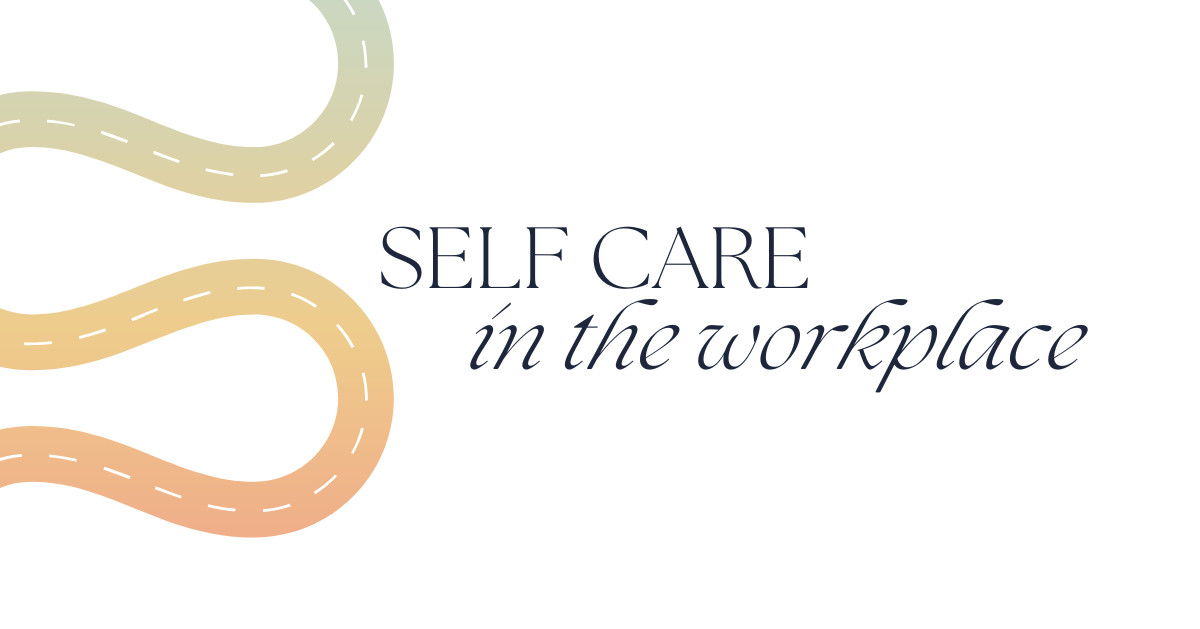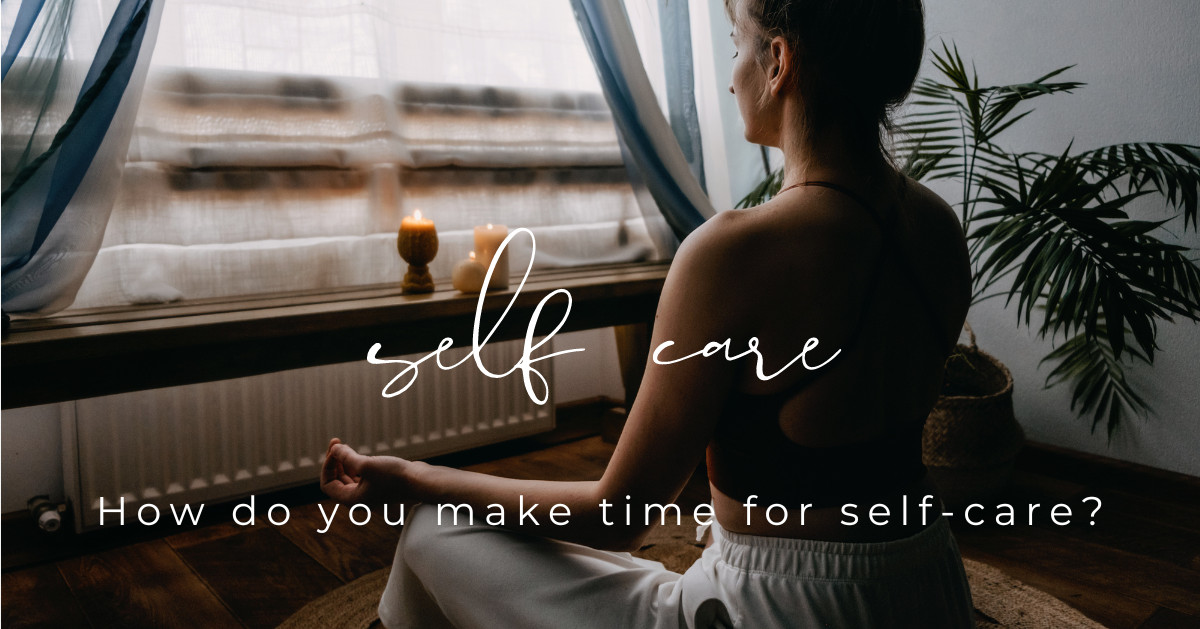Building a new home is an exciting investment, and to optimize its potential, homeowners are increasingly using energy modeling. This sophisticated tool offers critical insights into a home's energy performance, enabling informed decisions that lead to substantial benefits. Energy modeling involves a computerized simulation predicting a building’s energy consumption based on design, materials, climate, and occupant behavior.
One significant advantage of energy modeling is cost savings. By optimizing design and materials, homeowners can substantially reduce energy consumption and lower utility bills. It also aids in selecting efficient HVAC systems, window placements, and insulation, ensuring cost-effective choices without compromising on energy efficiency.
Energy modeling also enhances comfort by ensuring optimal thermal performance, leading to fewer temperature fluctuations and improved indoor air quality. Additionally, building an energy-efficient home with energy modeling reduces the environmental impact and increases long-term investment value. Homes designed with energy efficiency in mind are more attractive in the real estate market and can achieve certifications like ENERGY STAR® or LEED®, further increasing their value.
Read more...Balancing cost and efficiency in construction projects, whether residential or commercial, is essential for achieving high performance, sustainability, and quality. This requires strategic planning, innovative solutions, and a comprehensive understanding of the project's lifecycle. Key factors include initial costs, such as materials, labor, and equipment, and lifecycle costs, which encompass maintenance, operational, and end-of-life expenses.
Energy efficiency can be enhanced through proper insulation, high-efficiency HVAC systems, and LED lighting, while resource efficiency benefits from efficient water management and material use. Implementing advanced construction techniques like prefabrication and effective project management practices can ensure timely completion and reduced costs. Strategies such as an integrated design process, value engineering, sustainable design, lifecycle cost analysis, investment in technology, and strategic material selection are critical for achieving a balance between cost and efficiency.
Case studies show that employing these strategies leads to high-performing, cost-effective buildings. By understanding the full lifecycle costs, investing in energy-efficient technologies, and implementing effective project management practices, construction projects can achieve both economic and environmental benefits, ensuring long-term sustainability.
Read more...As the drive for sustainable living gains momentum, the home building and renovation industries are innovating rapidly, especially in energy efficiency. Homeowners now emphasize not only the aesthetic and structural integrity of their homes but also their energy efficiency and environmental impact. Here are five leading innovations transforming residential energy efficiency.
1. Advanced Insulating Techniques: Effective insulation minimizes energy loss, and new materials and techniques are revolutionizing this field. Options like spray foam insulation, vacuum insulation panels, aerogel insulation, recycled denim, and sheep’s wool offer superior thermal resistance and cater to various building needs, significantly enhancing energy efficiency.
2. Smart Home Energy Systems: Smart technology enables more efficient energy management through intelligent platforms that optimize heating, cooling, lighting, and appliances based on real-time data and behavior patterns. Devices such as smart thermostats and lighting systems, energy monitors, smart vents, and home automation hubs help reduce energy waste and improve overall efficiency.
3. High-Efficiency HVAC Solutions: Modern HVAC systems utilize advanced technologies to optimize energy use while maintaining home comfort. Innovations like modulating furnaces, heat pumps, geothermal systems, dual fuel systems, and ventilation energy recovery units ensure efficient heating and cooling, reducing energy consumption and costs.
4. Triple-Pane Windows: These windows feature three glass layers with inert gas fills, offering superior thermal performance. Enhancements like low-E coatings, argon or krypton gas fills, warm edge spacers, and composite frames reduce energy loss and improve indoor temperature consistency while also minimizing outside noise.
5. Solar Integration: The integration of advanced photovoltaic panels and battery storage systems allows homes to generate and store their own energy, lowering reliance on the grid and reducing energy costs. Innovations in solar tiles, community solar gardens, solar batteries, and passive solar design further augment energy efficiency and sustainability.
In embracing these cutting-edge advancements, homeowners can protect the environment and enjoy significant energy savings, making sustainable living a wise investment for the future.
Read more...In the evolving landscape of architecture and construction, sustainability has become a pivotal focus. Wood frame construction is now being recognized not just for its heritage and aesthetic appeal but also for its substantial environmental benefits. When sourced responsibly from sustainably managed forests, wood minimizes environmental impact, providing a greener alternative that supports ecological balance.
One of the most compelling environmental benefits of wood is its ability to sequester carbon dioxide. During its growth, wood absorbs CO2, which remains stored even after the wood is utilized in construction, helping to reduce the overall carbon footprint of buildings. Additionally, wood's thermal properties make it an excellent insulator, enhancing energy efficiency by maintaining comfortable indoor temperatures with less energy consumption.
Wood frame construction offers flexibility and waste reduction, with the material’s lightweight and adaptable nature allowing for innovative designs and easy modifications. This method reduces on-site waste significantly, and any waste generated can often be recycled or repurposed. These sustainable attributes, combined with a faster construction timeline and lower life cycle energy consumption, make wood framing a champion of eco-friendly building practices.
Read more...The Canada Greener Homes Initiative is a valuable program designed to help Canadians reduce household emissions through energy-efficient upgrades and retrofits. Launched in May 2021, the program offers both grants and interest-free loans, making it accessible for homeowners to undertake various improvements such as insulation, draft-proofing, and high-efficiency heating and cooling systems. These upgrades not only lower energy bills but also increase home resale value, reduce greenhouse gas emissions, and improve indoor comfort and health.
The initiative also includes the Canada Greener Homes Grant, which provides up to $5,000 for eligible energy-efficient upgrades like ENERGY STAR certified windows and doors, insulation, air source heat pumps, solar panels, and smart thermostats. These enhancements contribute significantly to energy savings and a reduced carbon footprint while making homes more environmentally friendly. Homeowners can book an energy assessment to identify opportunities for improvement and receive guidance throughout the upgrading process.
Another component is the Canada Greener Homes Loan program, offering up to $40,000 in interest-free loans for various upgrades, including insulation, windows, heating systems, and renewable energy like solar panels. This initiative includes an initial EnerGuide home evaluation to identify potential upgrades and a follow-up evaluation to measure the improvements. Additionally, the Oil to Heat Pump Affordability Program provides grants of up to $5,000 for transitioning from oil heating to an energy-efficient air-source heat pump, further supporting environmental sustainability and cost savings.
Read more...
What is burnout?
According to the Canadian Mental Health Association:
“Burnout is a state of emotional, physical and mental exhaustion caused by excessive and prolonged stress. Burnout in the course of employment can make one feel emotionally drained and unable to function in the context of work and other aspects of life. Burnout can reduce productivity and can lower your motivation and cause you to feel helpless, hopeless and resentful.”
Basically, burnout is the result of high stress or a heavy workload which takes a toll on the mind, body and spirit.
For me I know I'm burned out or approaching burnout when I’m unable to sleep, feeling overwhelmed, my anxiety is high and I have no energy. It’s definitely a thing. And it could very easily trickle over into other areas of my life if I'm not careful.
Burnout can happen at any point in your career and several times throughout. It could be a result of a job or career that's not in alignment with your value system or spirit or it could be a situational thing. Let's hope its the latter. You may need to do some work on this and figure out the root cause. And I encourage you to take the steps necessary to get in alignment.
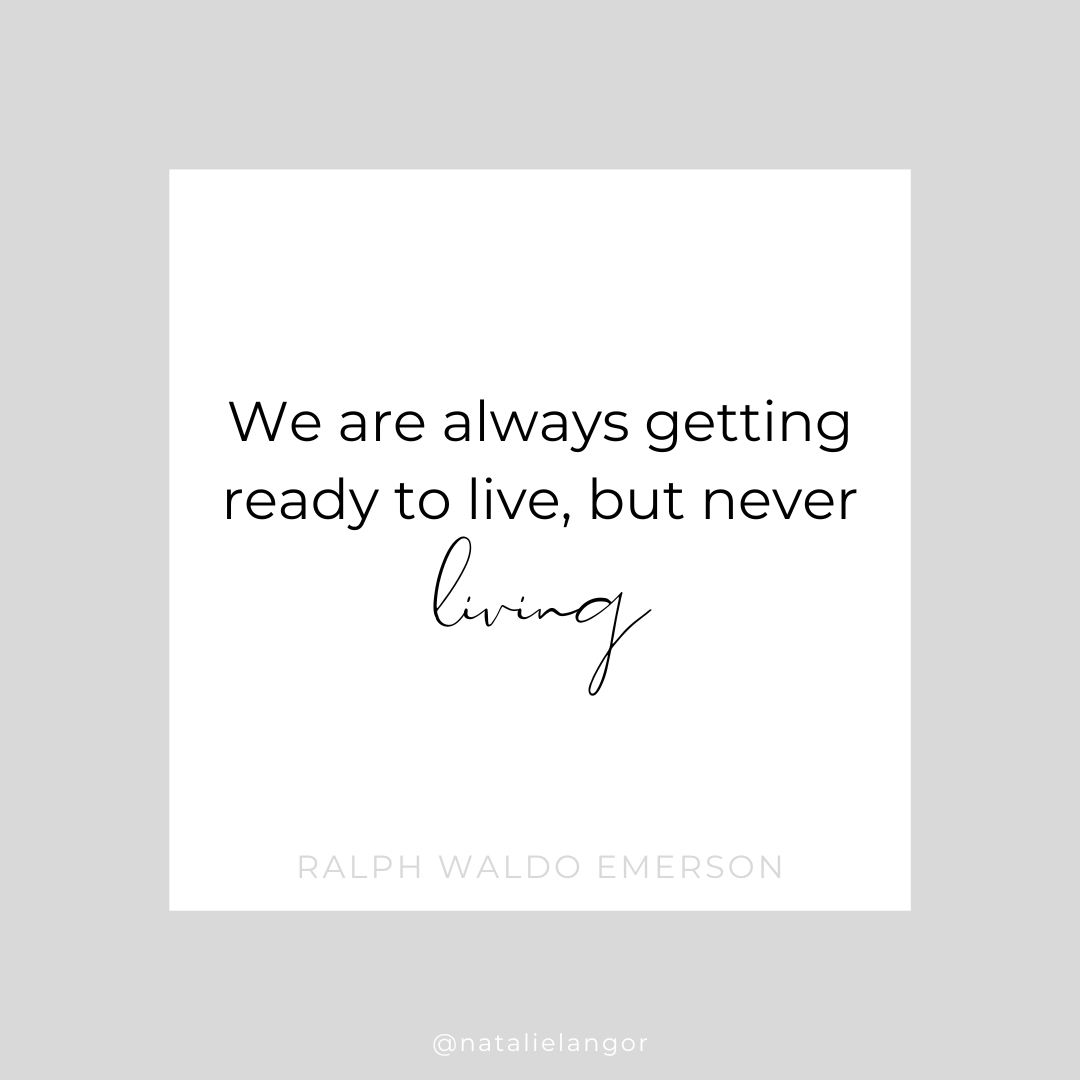
But in the meantime here's how I get back on track if burnout is showing up in my life.
I reclaim my power and stop leaking energy. I stop being reactive and operate from a place within my control. I stop wishing things will change. I remind myself I am only one person and that I can say ‘no’ (Tip! “No” is a complete sentence). Here are the top power drainers: perfectionism, procrastination, prioritization, people pleasing and pouting (also known as complaining, wishing, hoping and waiting...).
I check in with my belief & value system. This one is hard for me and sometimes I have to do some reflection. Here are a few things I ask myself to make sure I have this in check and to know I’m not fighting against fear (fear of pissing people off, fear of messing up, fear of changing anything). Is this situation touching on any limiting beliefs I have? Does this align with overall personal objectives and career objectives? Do I need to do work in this area to become unstuck? What do I need to do to remove the beliefs that no longer serve me?
I get curious. Meaning I take on new tasks with a spirit of interest and engagement. This leaves the fear and frustration in the rear view mirror.
I embrace strategic laziness. ;) No really. This is less about time and more about energy. I need rest, my body and brain need rest. Rest and laziness allows me to shift from being busy to being productive. I am a better person and a more creative person when I rest.
I get expert help. You all know I do this in my personal life, but I do this in my professional life too. The skills I learn actually transfer to all areas of life really. Remember your brain hates change. Life is short and my ability to provide an income for my family shouldn’t cause stress in other areas of my life. Afterall, the goal is not to prepare to live, but to live.

Do you take work home with you? I don’t mean physically, even though that can be concerning too, I mean emotionally. Do you take your work home with you? Does your work trickle into other areas of your life?
How often are you stressed out at home because of your job? How often are you awake at night because of something that happened at work? How often are you moody at home for no reason? How often are you just unhappy?
It’s ok. I’ve been there.
I remember not being able to sleep. Being stressed out over conversations and plans that would never lead to any action. Being micromanaged into utter confusion. Questioning my ability and worth. Feeling undervalued and inadequate… Gaslighting… So many things that spilled over into my personal life. I knew I needed to shift.
You deserve great things in all areas of your life. Including your work life. And I definitely encourage you to find a job where you are valued and respected and are able to contribute. But if you can’t right now know this: you are more than your job.
You are more than your job.
You may be a mother. A wife. A daughter. A sister. An aunt. An active member of the community. A volunteer. There are so many other roles you have. There are so many things that you are. You are so much more than your job.
If you are feeling stressed out at work and find yourself taking work home with you try this simple affirmation when the anxiety hits after hours.
I am more than my job. I am capable and I am valued right now, right here. I am present and experiencing love and joy in this moment. I bring light with me wherever I go.
If you’re into journaling you may want to journal about all the other positive areas of your life and the amazing things you accomplish on a daily basis. This will help you gain perspective.
Work can be stressful. Know that it’s ok. Take one task at a time. That’s all you can do. If you need help ask. You likely have a boss and they have a role to play helping you be successful to meet the company objectives. It’s ok and perfectly professional to ask for help if and when you need it.
How to know if you’re bringing work home - blog post coming soon.
How to find a job and employer that aligns with you - blog post coming soon.
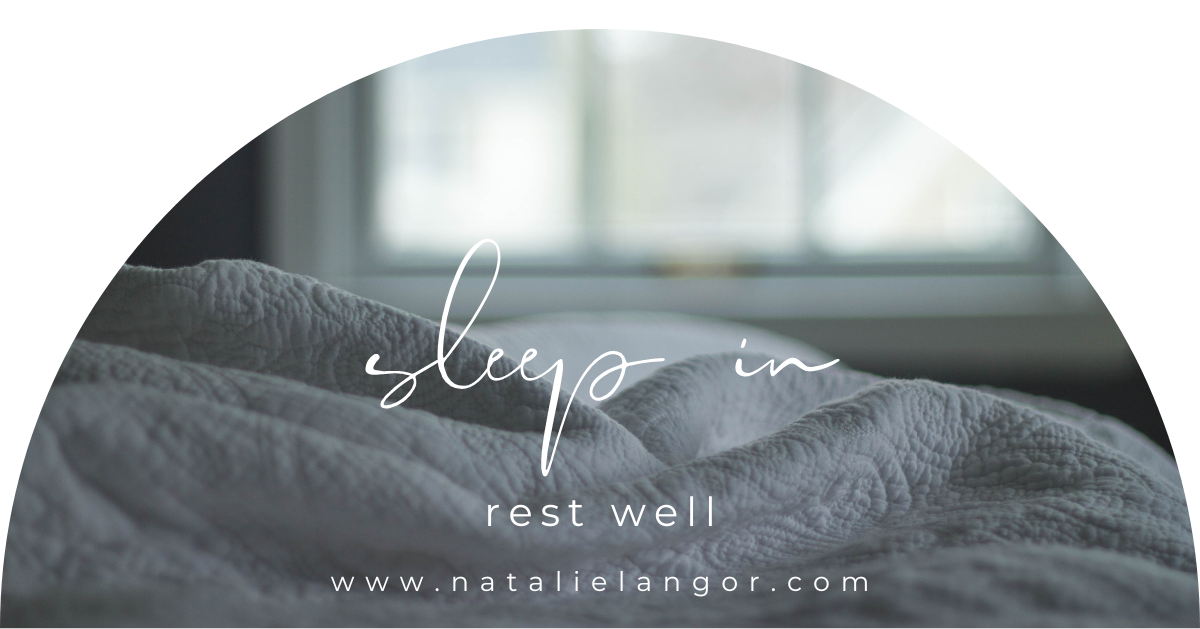
Think about all the factors that can interfere with a good night's sleep — from work, stress, and family responsibilities to unexpected challenges, such as illnesses. It's no wonder that quality sleep is hard to come by. And I don't know about you, but when I don't have a great night of sleep, EVERYTHING is harder. People, tasks, people.... ;)
While you might not be able to control the factors that interfere with your sleep, you can adopt habits that encourage better sleep. Here are six simple tips that are super helpful!
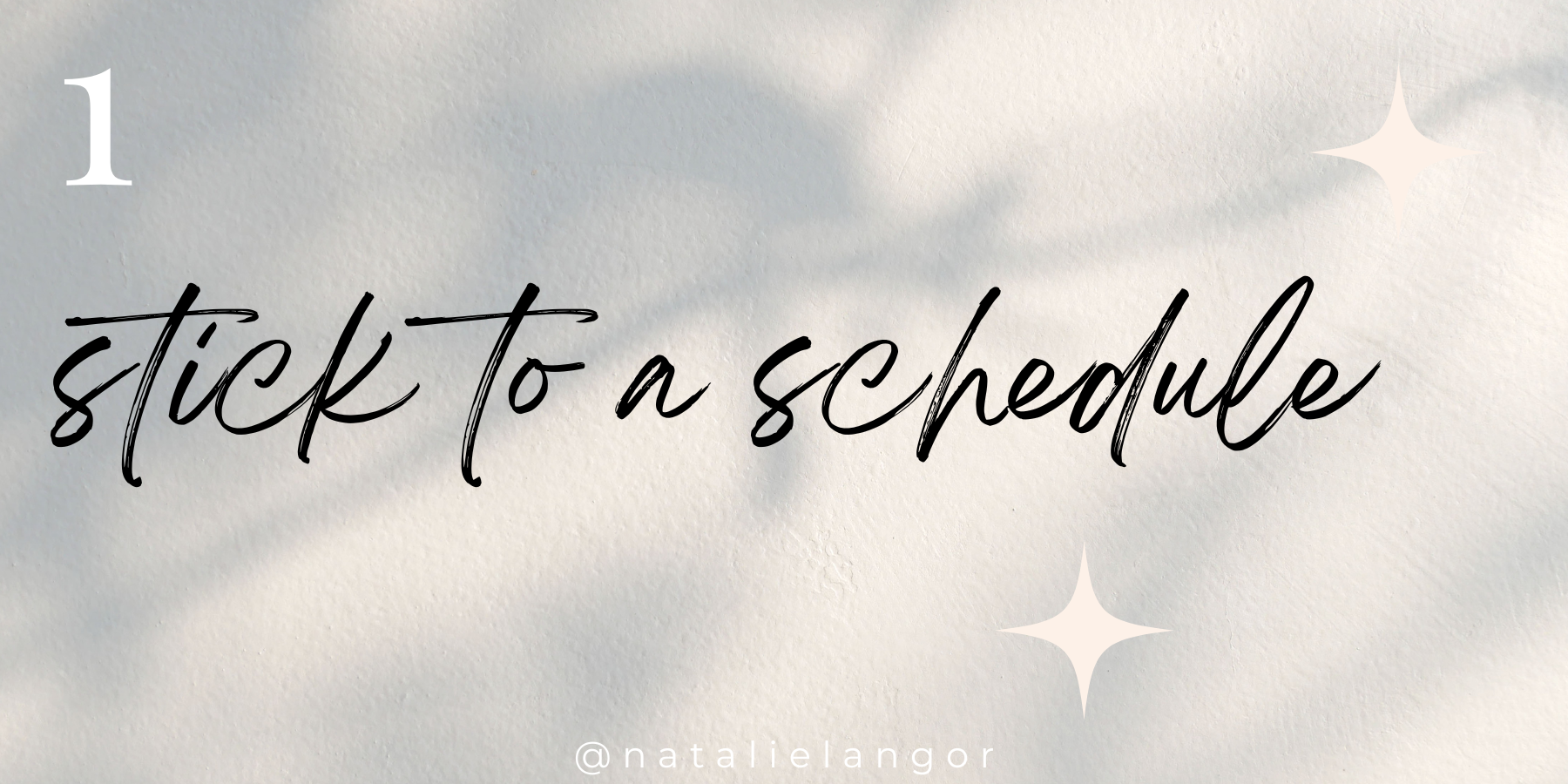
Set aside no more than eight hours for sleep. The recommended amount of sleep for a healthy adult is at least seven hours. Most people don't need more than eight hours in bed to achieve this goal.
Go to bed and get up at the same time every day. Try to limit the difference in your sleep schedule on weeknights and weekends to no more than one hour. Being consistent reinforces your body's sleep-wake cycle.
If you don't fall asleep within about 20 minutes, leave your bedroom and do something relaxing. Read or listen to soothing music. Go back to bed when you're tired. Repeat as needed.
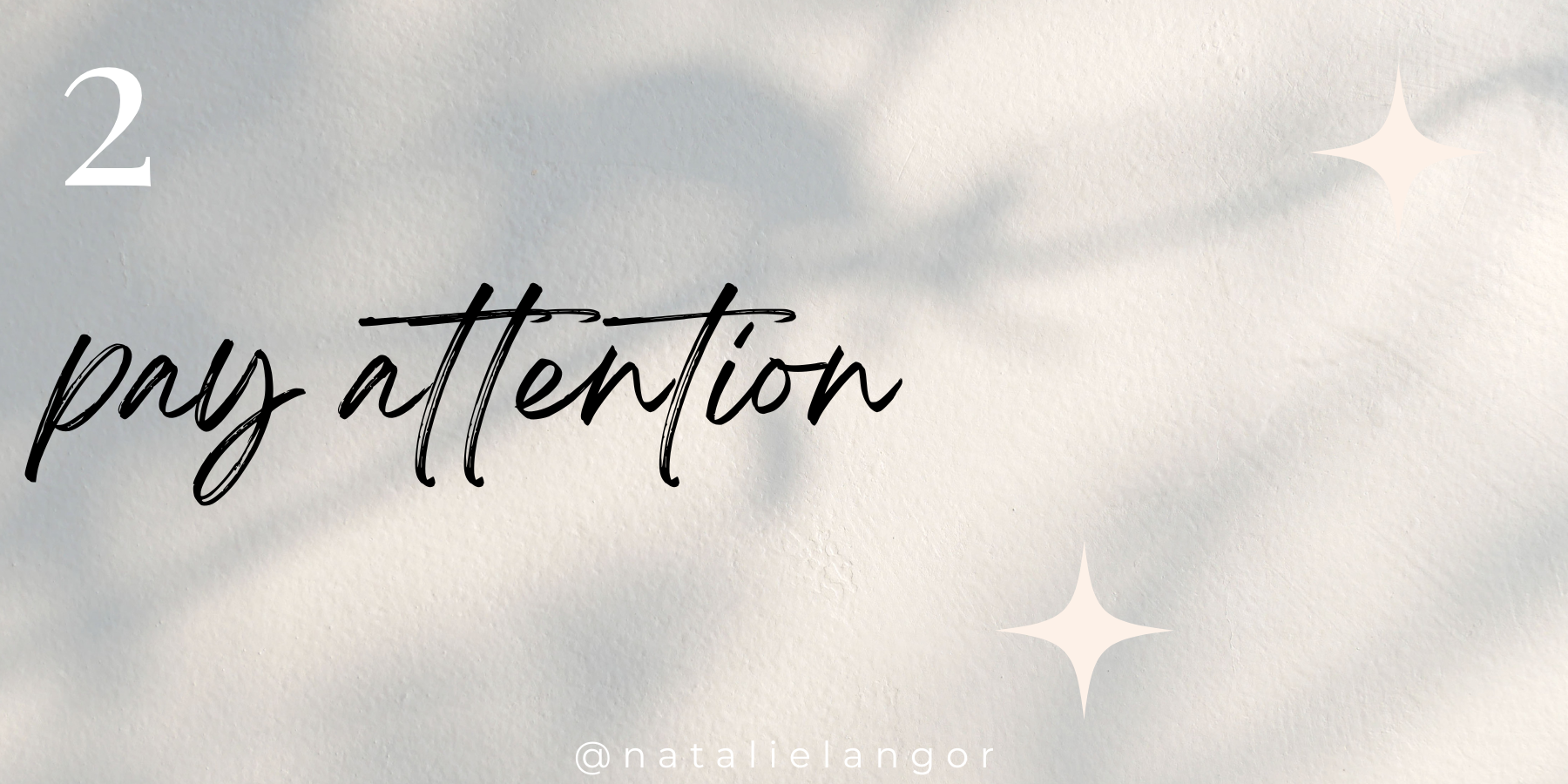
Don't go to bed hungry or stuffed. In particular, avoid heavy or large meals within a couple of hours of bedtime. Your discomfort might keep you up.
Nicotine, caffeine, and alcohol deserve caution, too. The stimulating effects of nicotine and caffeine take hours to wear off and can wreak havoc on quality sleep. And even though alcohol might make you feel sleepy, it can disrupt sleep later in the night.
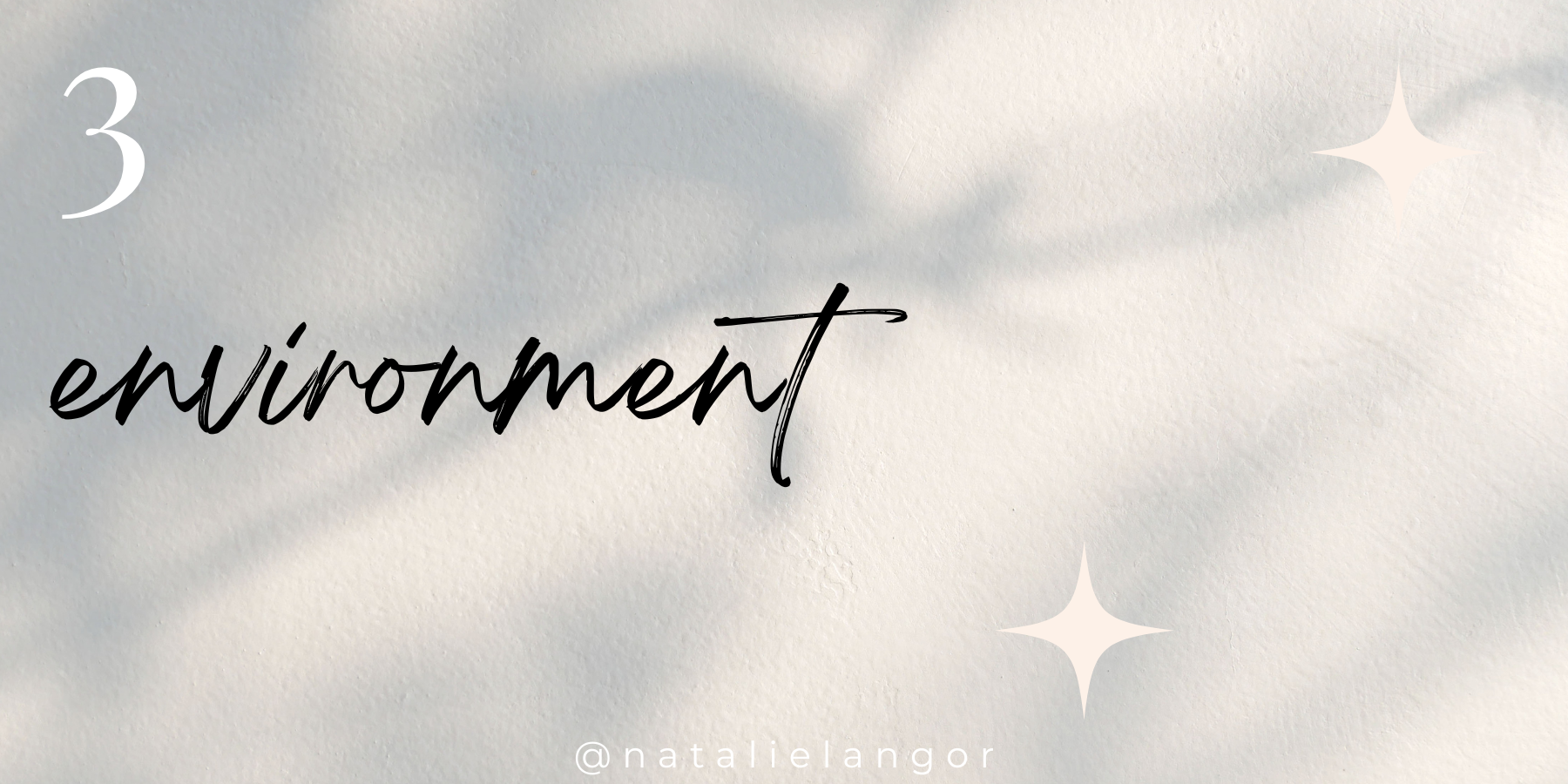
Create a room that's ideal for sleeping. Often, this means cool, dark and quiet. Exposure to light might make it more challenging to fall asleep. Avoid prolonged use of light-emitting screens just before bedtime. Consider using room-darkening shades, earplugs, a fan or other devices to create an environment that suits your needs.
Doing calming activities before bedtime, such as taking a bath or using relaxation techniques, might promote better sleep.
Aromatherapy... Check out this post on our family faves for sleep.

I mean chasing kids around and keeping them alive doesn't usually lend much time for naps, but in case you have the opportunity... long daytime naps can interfere with nighttime sleep. If you choose to nap, limit yourself to up to 30 minutes and avoid doing so late in the day.
If you work nights, however, you might need to nap late in the day before work to help make up your sleep debt.
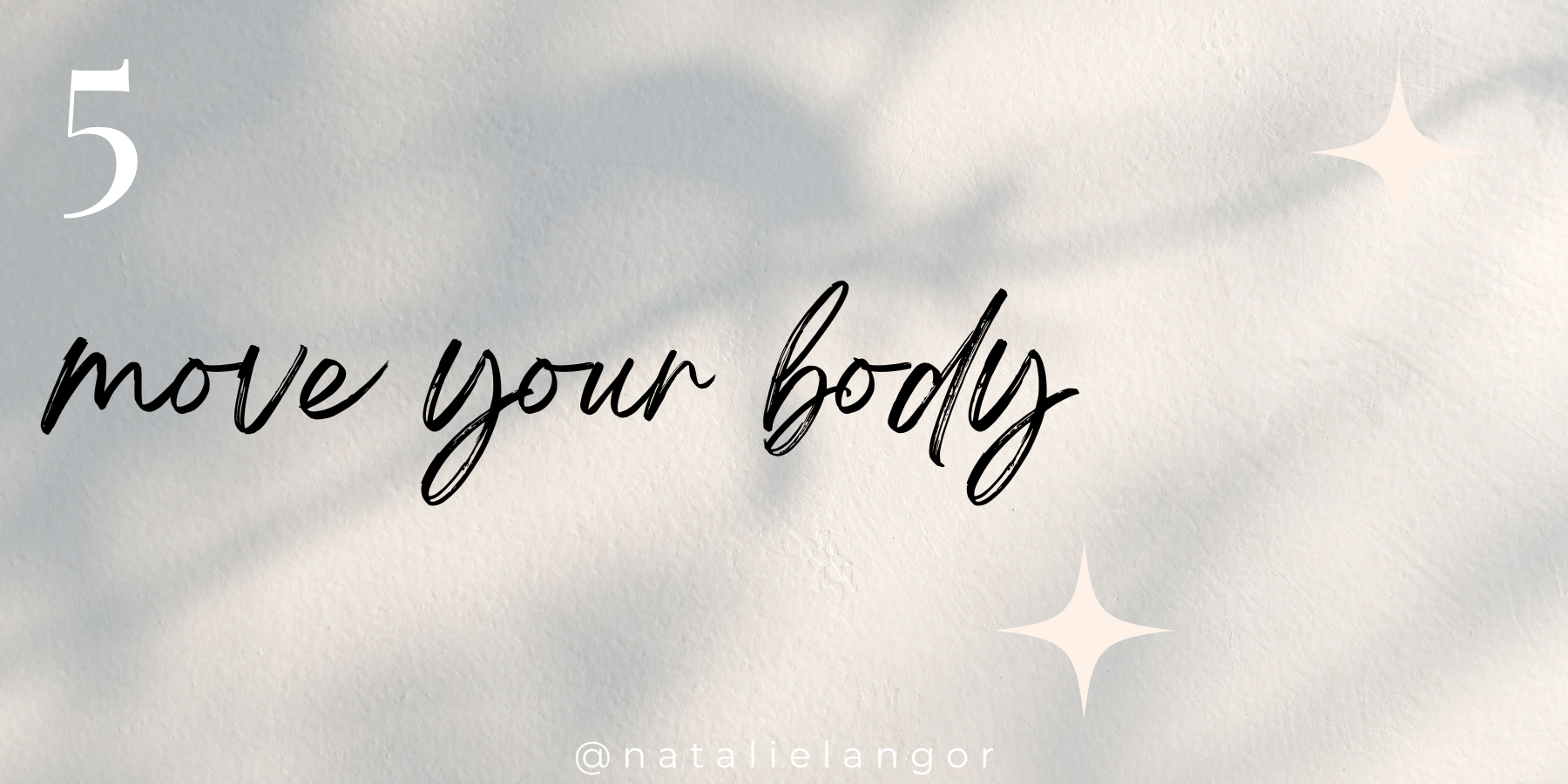
Regular physical activity can promote better sleep. Avoid being active too close to bedtime, however.
Spending time outside every day might be helpful, too.

Try to resolve your worries or concerns before bedtime. Jot down what's on your mind and then set it aside for tomorrow. I know this is easier said than done but is what you aren't doing working now?
Stress management might help. Start with the basics, such as getting organized, setting priorities, and delegating tasks. Meditation also can ease anxiety.
Nearly everyone has an occasional sleepless night — but if you often have trouble sleeping, identifying and treating any underlying causes can help you get the better sleep you deserve.
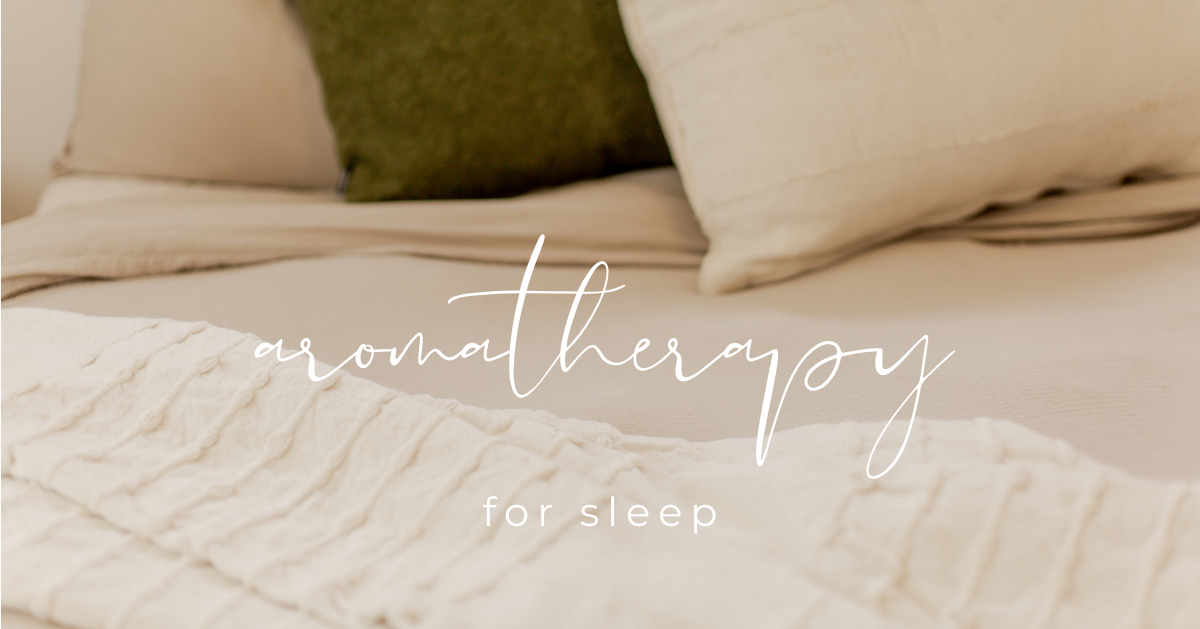
We sleep a lot! I think the stat is we sleep for 1/4 to 1/3 of our life. Amazing, right? Sometimes our relationship with sleep is not great. Here is our short list of our family faves.
Amyris
Lavender, oh hey calming plant power.
Cedarwood supports the body in naturally producing melatonin.
Frankincense, ummmm the science behind this one will blow your mind. Can you say sesquiterpene? Specifically alpha pinene? What does all that even mean?? WELL.. it can do something very special, that not many molecules can do.. cross the blood-brain barrier! That means it can enter brain cells and help promote the healing and health of neurons. Causing relaxation of the nervous system, focus, concentration, and brain health. Isn't that cool?!
Clary Sage
Lemon Myrtle
Mandarin
Orange
Marjoram
Spruce
How to use:
Add a few drops to a diffuser while you sleep
Apply topically to your temples
Make a pillow spray or bedtime lotion
Check back regularly for updates to this page.

What is Aromatherapy?
As the name indicates, aromatherapy is a therapy that uses aromas. Aromatherapy is a branch of botanical medicine that uses volatile and aromatic plant compounds. Because of the unique direct relationship between emotions and olfaction within the brain, aromatherapy can help “unlock” stored memories and emotions. An aversion to a particular smell may indicate something more than just personal preference. It could actually be stirring an unpleasant emotional reaction. Conversely, smells that bring about positive emotions are likely favored.
What is an emotion?
There are so many definitions for that single word. This is possibly because there is no scientific consensus on a single definition. Emotion represents a mental state associated with thoughts and feelings. It is a conscious experience with intense mental activity and a high degree of pleasure or displeasure. Emotion is often intertwined with mood, temperament, past experiences, personality, disposition, and motivation.
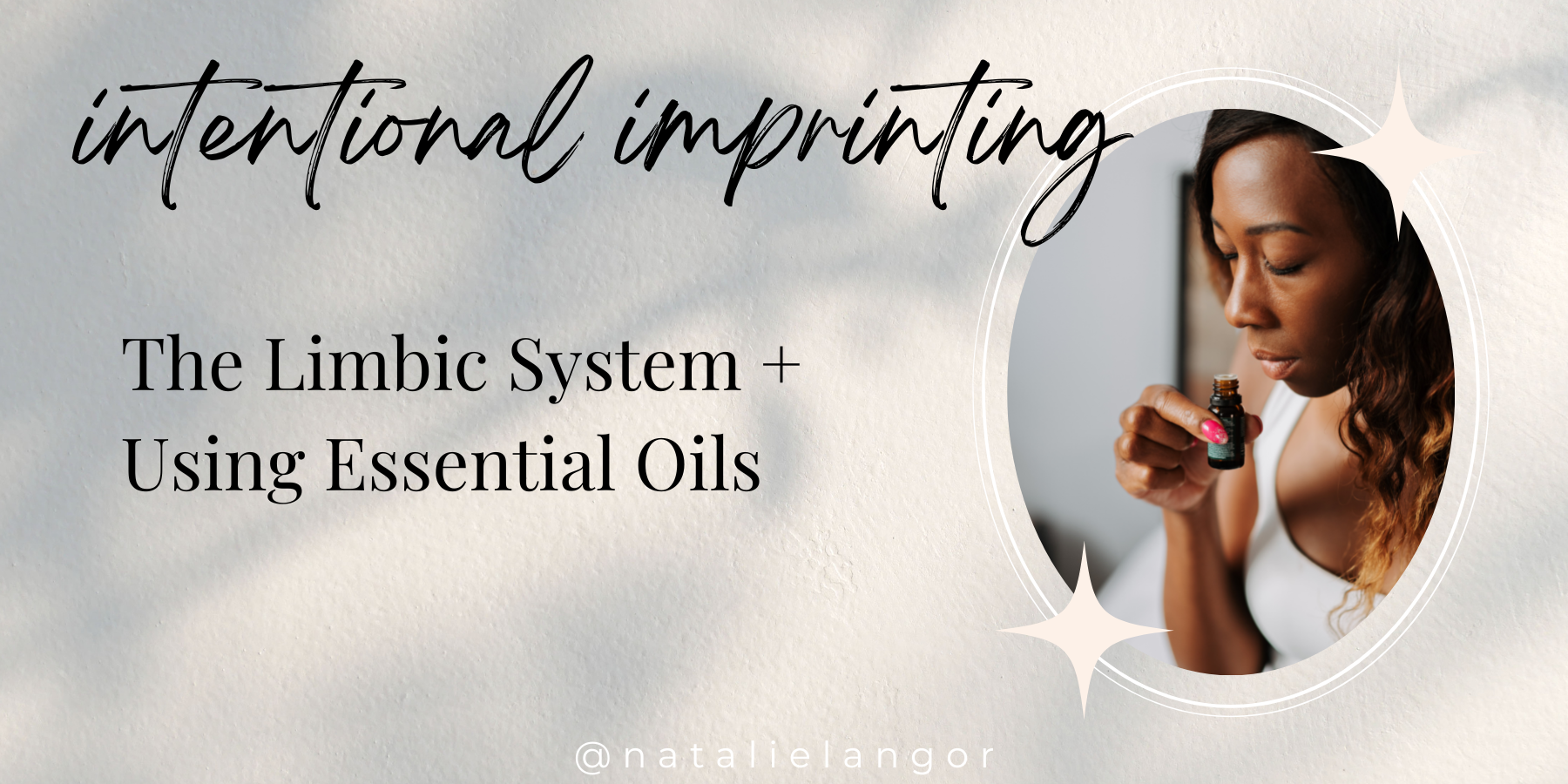
The Limbic System: Emotional Center of the Brain
The limbic system, often referred to as the “emotional brain”, resides within the cerebrum. This portion of the brain handles emotional response, hormone function, behavior, motivation, long term memory, and sense of smell. Several other specialized areas reside within the limbic system, including:
Hippocampus – responsible for forming short- and long-term memories
Amygdala – perceives emotions such as anger, fear, and sadness; plays a role in controlling aggression; helps store memories of events and emotions; also plays a role in sexual activity and libido
Hypothalamus – controls reproduction, sleep patterns, and body homeostasis
Thalamus – relays sensory information to the cerebral cortex
In addition to being closely tied to the sense of smell, you can see why our emotions can affect so many other things in our lives. The portion of your brain that governs emotions also plays a part in memory, sexual desire, reproduction, sleep, and overall homeostasis.
Using Essential Oils to Impact Emotion
The exact details of how smells impact emotions are difficult to define. But let’s consider what happens when we inhale an aroma. When an odorant molecule floats through the air into your nose, it lands on tiny hairs inside your nose called cilia. The cilia then start to vibrate, generating an electrical signal. The signal travels up to a receptor cell, which starts to bundle packets of smell information, and sends projections into the olfactory bulb. The smell information is even further bundled into packets that travel to the limbic system via pyramidal cells. Here in the limbic system, an emotional shift occurs in response to the smell. For example, we all know the experience of smelling something that triggers a memory, or knowing that you do not want to date a certain person because you can’t stand the way he or she smells. Although it is not exactly clear how the emotional response forms, it is very clear that it does. Furthermore, studies show that olfactory-evoked memories often create a higher emotional arousal than simply recalling a memory with no associated olfactory stimuli.
Intentional imprinting is a POWERFUL way to take control of your emotions by using essential oils, well, intentionally!
Below are the steps:
1. Choose four different essential oils and/or essential oil blends to correspond with one of the following emotions:
Anger / Frustration
Sadness
Overwhelm / Stress
Anxiety / Fear
2. Now, keep these oils on you or in places where you experience the opposite of the emotions above. You will inhale your selected oil to start imprinting your limbic system to elicit the particular emotional response you want to occur when you want the emotion experienced.
For example, the opposite emotion of anger/frustration is calm. I choose to use lavender essential oil in times of calm or when I experience a sense of calm in my life. Examples of calm moments in my life might be in the evenings after my little one has gone to bed or when I am in the shower taking a few moments to myself for self-care and relaxation. I will inhale lavender at these moments of calm as consistently as I can. Now, when I am feeling angry or frustrated, I need to take my bottle of lavender and inhale deeply. If I have been consistent for about 30 days, then my limbic system should be triggered by the lavender aroma to bring about a feeling of calm.
3. Be consistent. Try to inhale your chosen oil when you are feeling calm, happy, peaceful, or courageous every time you feel that emotion. It will take about 30 days to imprint your limbic system. Be patient with yourself if it takes longer. You need to remember to be intentional and conscious of your use of oils with your emotions.
Below are listed the emotions and the opposite emotions that we want to elicit. There are also suggested essential oils and blends for your consideration. Honestly, there is no right or wrong oil to pair with an emotion. I suggest trying to pick oils that you are drawn to.
Anger/Frustration - Calm
- lavender, bergamot, cedarwood, cypress, rose, melissa, orange, frankincense, geranium, helichrysum, lemon, mandarin, sandalwood
Sadness – Joy, happy, blissful
- orange, geranium, helichrysum, lime, lemon, bergamot
Overwhelm/Stress - Peace, tranquil, relaxing
- vetiver, cedarwood, lavender, tangerine
Anxiety/Fear – Courage, valor, bravery
- sandalwood, bergamot, clary sage, geranium, juniper, marjoram, orange, Roman chamomile, myrrh, rose, ylang ylang.



